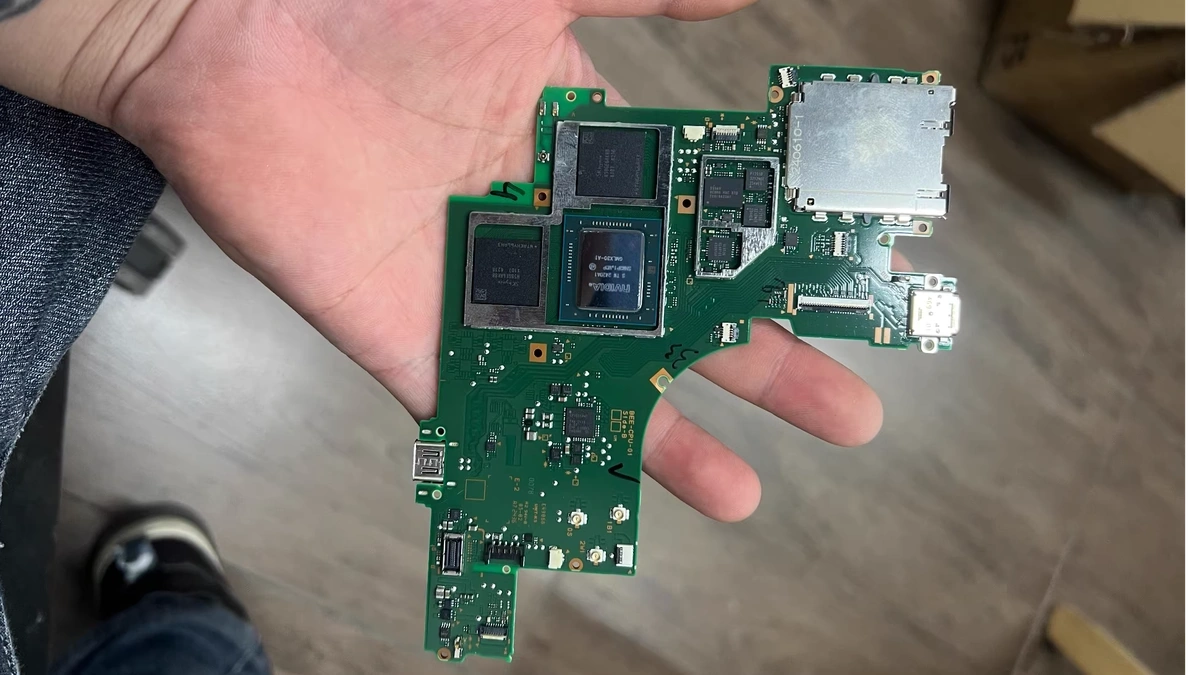Okay, let’s talk about switch hardware availability. I know, it might sound a bit dry at first glance. But here’s the thing: whether you’re a hardcore gamer, a data center guru, or just someone who relies on a stable internet connection (and let’s be honest, who doesn’t these days?), this is something you need to understand. It’s not just about tech specs; it impacts your everyday life.
The Great Semiconductor Squeeze: More Than Just a Headline
We’ve all heard about the global semiconductor shortage. It started during the pandemic, and it’s been a real rollercoaster ever since. But what does it really mean for switch hardware? Well, imagine trying to build a house when you can’t get enough bricks. That’s essentially what’s happening. Manufacturers are struggling to get their hands on the chips they need to build switches. And that, my friends, has a ripple effect.
But – and this is crucial – it’s not just one thing causing the shortage. It’s a perfect storm of increased demand (everyone’s online more!), supply chain disruptions (factories shutting down), and even geopolitical factors. I initially thought it was simply a demand surge, but the complexity is mind-boggling. Switch hardware availability becomes a major issue because of all these factors. This means longer lead times, higher prices, and sometimes, just plain unavailability of the switches you need. Think of businesses trying to scale up their operations. If they can’t get the network infrastructure they need, they’re stuck. That’s the bottom line.
Decoding the Specs: What to Look for When You Can’t Be Choosy
So, how do you navigate this when networking equipment is scarce? First, understand your needs. Be brutally honest about what you actually require versus what’s nice to have. A common mistake I see people make is over-specifying. Do you really need that top-of-the-line switch with all the bells and whistles, or will something a bit more modest do the trick? Consider factors like bandwidth, port density, and PoE (Power over Ethernet) capabilities. Prioritize what’s essential for your current operations and plan for future growth realistically.
And here’s a tip: look beyond the big brands. There are plenty of smaller manufacturers producing excellent switches. They might not have the same name recognition, but they can offer comparable performance at a better price and with shorter lead times. Do your research, read reviews, and don’t be afraid to explore alternatives. According to Wikipedia , understanding the network requirements will help make an informed decision.
The Resale Route: Proceed with Caution (But Don’t Dismiss It)
The used market. Let’s be honest, buying used network switches can be a bit like rolling the dice. But in times of scarcity, it’s an option worth considering. The key is to be extra cautious. Thoroughly inspect the equipment (if possible), ask detailed questions about its history, and make sure the seller has a good reputation. And, of course, negotiate the price. You should be getting a significant discount compared to buying new. I’ve personally used refurbished equipment in the past with success, but only after a very careful inspection and with a warranty.
One thing you absolutely must double-check is the warranty. Does the used equipment still have any warranty coverage? If not, factor that into your decision. You might also want to consider professional testing and certification to ensure the switch is in good working order. This could add to the cost, but it’s a worthwhile investment to avoid headaches down the road. Keep in mind that supply chain issues will also affect this market.
Future-Proofing: Preparing for the Next Shortage
Okay, so we’re dealing with a shortage now. But what about the future? Network infrastructure changes are inevitable. Here’s how to future-proof your setup: Embrace network virtualization. This allows you to abstract your network resources from the underlying hardware, making it easier to adapt to changing conditions. Consider cloud-based solutions. Moving some of your network functions to the cloud can reduce your reliance on physical hardware. This is a good strategy.
What fascinates me is the shift towards software-defined networking (SDN). SDN gives you more flexibility and control over your network, allowing you to quickly reconfigure resources as needed. It’s not a magic bullet, but it’s a powerful tool for managing network complexity. And finally, stay informed. Keep up with the latest trends in networking technology, and be prepared to adapt your strategy as the landscape evolves.
FAQ: Your Burning Questions About Switch Availability, Answered
Frequently Asked Questions
Will switch delivery times improve?
That’s the million-dollar question! While some experts predict improvements in the semiconductor industry later this year, it’s still uncertain. It’s best to monitor industry news and check with suppliers for the most up-to-date estimates.
What if my current switch fails?
Have a backup plan! Consider keeping a spare switch on hand, or explore options for temporary replacements. Contact your vendor and try to leverage your relationship with them if one exists.
Are certain switch brands more affected by the shortage?
Yes, some brands that rely on specific chip manufacturers may be more affected than others. Do your research and check with multiple vendors to compare availability.
Is it a good time to upgrade my network?
That depends on your needs. If your current network is meeting your requirements, it might be best to wait. However, if you’re experiencing performance issues, upgrading might be necessary. Weigh the costs and benefits carefully.
Ultimately, navigating the switch hardware availability crunch requires a mix of resourcefulness, adaptability, and a healthy dose of patience. It’s not always easy, but by understanding the challenges and exploring your options, you can keep your network running smoothly. This affects IT infrastructure so being informed is important.











